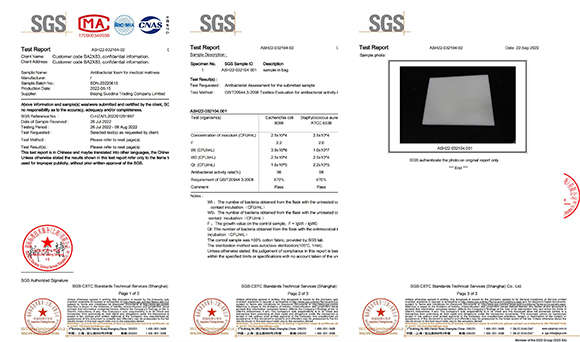Types of Air Mattresses for Hospital Beds – Comfort and Support Solutions
Types of Air Mattresses for Hospital Beds
Air mattresses play a crucial role in the healthcare sector, particularly in hospitals, by providing patients with comfort and prevention against pressure sores
. Understanding the different types of air mattresses available for hospital beds is essential for optimizing patient care and comfort.One of the primary types is the static air mattress. These mattresses consist of a single layer of air cells and are designed to provide even pressure distribution. They are particularly beneficial for patients who are at low risk of developing pressure ulcers since they do not have the movement capabilities that other types offer. Static air mattresses are lightweight, easy to handle, and typically more affordable, making them a popular choice for many healthcare facilities.
In contrast, dynamic air mattresses are engineered with a series of air cells that alternately inflate and deflate. This changing pressure helps stimulate blood flow and reduces the risk of pressure ulcers for patients who are immobile or have limited mobility. Dynamic air mattresses are often employed for patients at moderate to high risk of skin breakdown. They come equipped with a pump system for regulating the air pressure, allowing for adjustments based on the patient's needs and comfort level.
types of air mattresses for hospital beds

Another type worth mentioning is the low-air-loss mattress. These advanced mattresses are designed to maintain skin moisture and temperature by releasing air through small holes in the surface. They are particularly effective for patients with reddened skin or at high risk of developing pressure ulcers. Low-air-loss mattresses provide the benefits of both static and dynamic mattresses, ensuring that patients receive continuous airflow while also offering support and comfort.
Additionally, healthcare providers may also consider alternating pressure relief mattresses. These mattresses utilize a combination of static and dynamic air cells whereby certain sections inflate and deflate while others remain stable. This unique design is beneficial for promoting blood circulation while still providing adequate support for different body areas.
In conclusion, the selection of the right air mattress for hospital beds is vital for patient safety and comfort. Static air mattresses offer a cost-effective solution for low-risk patients, while dynamic and low-air-loss mattresses cater to those with higher needs. By choosing the appropriate type of air mattress, healthcare providers can significantly contribute to preventing pressure sores and enhancing patient well-being. The ongoing advancements in mattress technology continue to improve the quality of care in healthcare settings.
-
The Effect of Coconut Foam Mattress Breathability and Humidity Regulation on Improving Sleep QualityNewsJul.03,2025
-
How Wave Mattress Systems Improve Blood Circulation During ImmobilityNewsJul.03,2025
-
The Climate-Adaptive Sleep Revolution: Exploring the Benefits of Cooling Gel Memory Foam MattressesNewsJul.03,2025
-
Exploration of the Role of Coconut Foam Mattress in Preventing Bedsores in the ElderlyNewsJul.03,2025
-
Comparing Wave Mattress and Air Mattress: Which Is Better for Medical Use?NewsJul.03,2025
-
Analysis of Comfort and Environmental Performance of Natural Latex and Coconut Foam MattressNewsJul.03,2025
-
Multi-Layer Construction for Enhanced Performance in Gel Mattress PadNewsJun.24,2025

